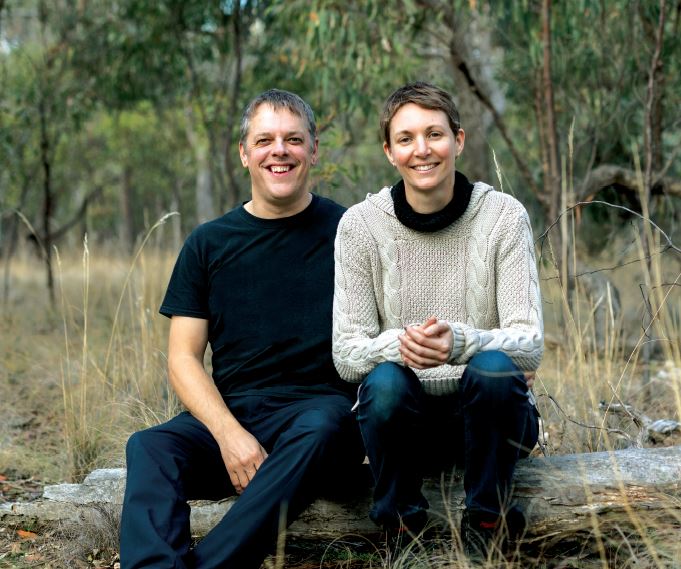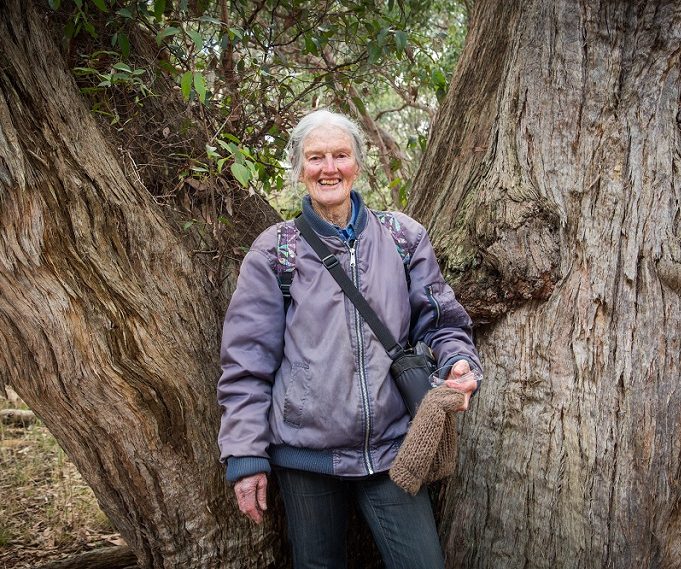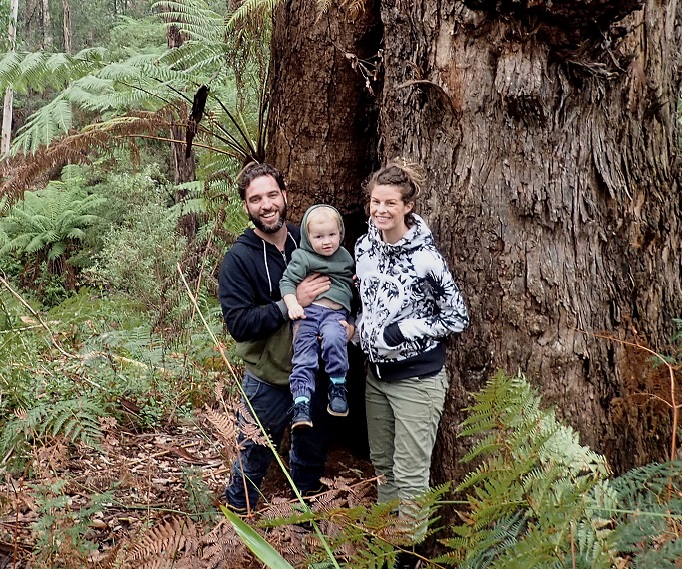Conservation covenants
Join a growing community of landholders who are helping protect Victoria's precious ecosystems, forever.
Leverage your land to create a legacy for future generations.
There is no greater gesture a landowner can make to Victoria’s nature than placing a conservation covenant on their property.
With 62% of Victoria’s land privately owned, permanently protecting private land is critical to secure the future of our unique ecosystems and species.
This is where a Trust for Nature conservation covenant comes in.
A conservation covenant permanently protects and conserves private land with natural, cultural or scientific values. It restricts activities that may damage native habitat on the land, such as clearing, intensive farming or subdivision.
That’s how covenants are helping to safeguard Victoria’s threatened species such as Plains-wanderers, Helmeted Honeyeaters and Squirrel Gliders.
The best part? A conservation covenant lasts forever, providing landholders with peace of mind that the land will remain protected, even if the property changes hands.


By placing permanent protection on private land, individuals, families or organisations can help contribute to local and global efforts to protect and restore biodiversity and fight climate change.
Today, 1600+ conservation covenants collectively protect 116,000+ hectares across Victoria – and the community of people willing to take this step to protect their land forever continues to grow every year.
Many regional and rural councils in Victoria offer some form of rate rebate or concession to covenantors. Plus, from 1 January 2024, land protected by a conservation covenant is exempt from land tax. Find more information about tax for landholders here.
Anyone can become a covenantor – from families, individuals and retirees with a bush block, to visionary farmers or businesses.
How does a conservation covenant work?
A conservation covenant is a voluntary legal agreement made between a private landholder and Trust for Nature to permanently protect and conserve private land with natural, cultural or scientific values.
Conservation covenants are entered into under the Victorian Conservation Trust Act 1972 and registered on title, making them legally binding forever – even when the property is sold or passed on to new owners. Trust for Nature is the only organisation in Victoria empowered by law to place conservation covenants on private land.
If your land is protected with a conservation covenant, you’ll continue to own the land and be responsible for its management – and Trust for Nature will be available to provide ongoing support through our Stewardship Program. Our experienced conservation and land management experts will work with you to develop a land management plan, which will guide how you can maintain and improve your land for native animal and plant species.
